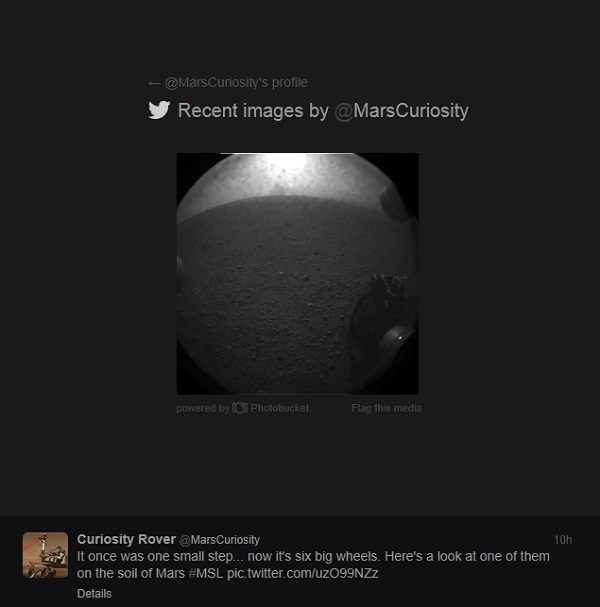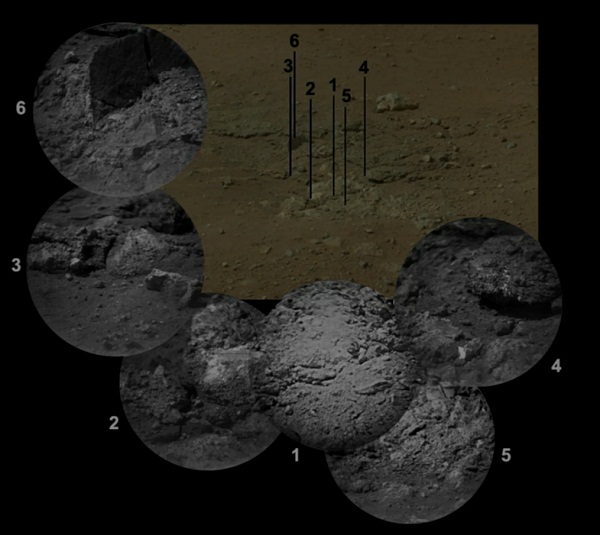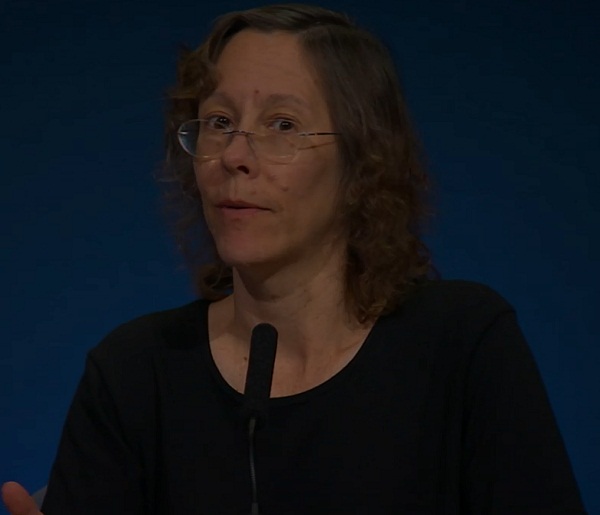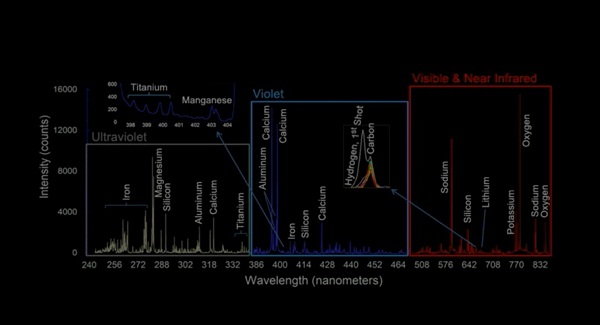
If you’re a space geek, science fan or techno nerd then you may already know a bit about the latest planetary lander called Curiosity. Today (August 6th, 2012) this engineering marvel (not to mention the challenge of sending and landing) sits near Gale Crater (this crater is so big there’s a mountain called Mount Sharp inside it CP) and prepares to investigate some of the most geologically interesting areas on the Red Planet.
What’s the big deal? This is an investigation that could unravel the greatest mystery of all…..”is/was there life out there?” So without further ado, here is the LIVE stream with real time chat. Update Aug6 10:03PM EDT the first LIVE stream has ended but has been archived and will play in the window below. Other LIVE streams will play in real-time as the mission developments continue. CP Update Aug22 1:03PM EDT we will be streaming the LIVE NASA press conference with updates on the mission and rover status. Video feed begins at 2:30 PM EDT CP
Stop-motion landing sequence video
August 22nd 2012 post NASA stream-

The MARS/NASA/JPL team showed media the first scientifically laser-beamed and analyzed Mars rock during today’s press conference. This Basaltic rock (called Coronation by the team) displayed interesting hydrogen variations and preliminary results showed more hydrogen measured on its surface with exponentially decreasing amounts as the laser probed deeper.

The plan now before searching for water, is a ramping up of technical and rover checkouts, a more thorough planning order of activities and lengths, driving the rover to new sites for rock drilling and investigating what scientists are calling ‘scours’- ground indentations made by the Sky Crane thrusters during the descent of the Mars rover.
Scientists caution the fact that there are no definitive time tables for upcoming tests. This is due to such unpredictable conditions as weather forecasting and rover checkouts and performance. As these tests are conducted and checkouts are completed, the Mars team hope to learn how to ‘fine tune’ future tests after properly calibrating the rovers testing instruments. For example, the wavelength instrument is affected by the slight temperature shifts from the time of the Mars day and from the rover’s movements.

Reporter questions focused on the geological aspects of today’s conference and the team responded enthusiastically about plans to drive the rover to areas that have bedrock and opportunities for testing varied rock types. A short video in honor of deceased science fiction author and Mars fan Ray Bradbury rounded things out. As one scientist put it “ We are only 16 days into a two year mission.” Stay tuned. CP
